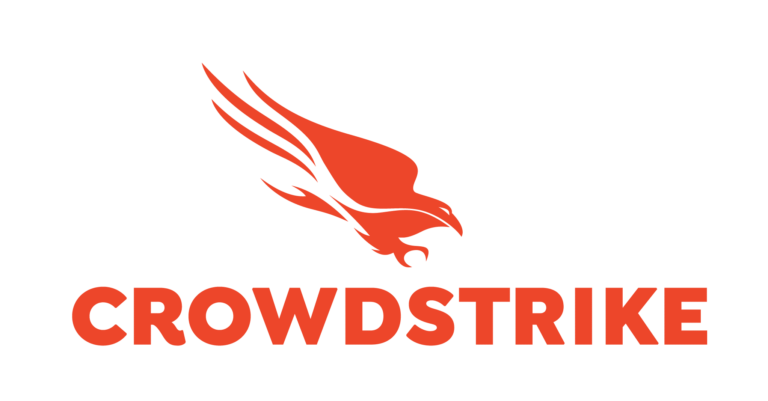The entire migration project was quite a challenge. Their technical knowledge and experience helped us drive forward despite the challenges with third-party software related issues and licensing.
Ron Marcial, Manager Network Infrastructure, BNSF Logistics
Summary
Customer Profile
North America’s largest Class One railroad & freight network with 41,000 employees, 32,500 miles of track in 28 states, and more than 8,000 locomotives.
Challenge
Assist a 170-year-old railroad company migrate out of its current data center into a new, self-owned environment with no downtime, disruption & 1 month timeline.
Solution
Our Team expedited a deep network analysis and licensing review to understand technical hurdles and determine optimal toolsets to execute migration. SMEs engineered a multi-faceted migration strategy to accommodate network irregularities, source/target environments, platform configurations, and timeline.
Benefits/Results
Completed the project on time, on budget, within licensing constraints, and within allotted outages.
- Perform in-depth discovery and analysis of environment and network connectivity between source vlans & destination vlans
- Determine out of scope/decommissioned systems Gap analysis on the source VM configuration vs the target VM config standards
- Conduct functional testing of the identified migration method(s) including roll back verification
- Ensure BackUp and DR plans configured and cohesive throughout the migration
- Work with client to determine landing zones for VMs to be migrated and IP changes
- Produce VMware remediation report
- Successfully execute migration
Challenge
Client approached the MigrationOps Team to expedite a move from their current environment to a new location. The client previously engaged a migration team, however required additional senior experience to identify and overcome technical hurdles required to successfully complete the migration on time.
- One month window and hard deadline to vacate source environment
- Planned recovery software (DR) was not installed when the migration began
- Identified numerous issues with the installation & network
- Design & Configuration were not compatible with the chosen product
- Product support was unable to identify the problem, our team devised alternative migration plans
- Client had unreliable, intermittent circuit issues between the source and target data center.Circuit was not sufficient with all the traffic and not reliable for large machines.
Solution
- Discovery: Re-analyzed pre-engagement discovery, executed packet capture analysis and deep network diagnostics. Continuous Discovery conducted a discovery refresh regularly throughout the migration to track changes and progress.
- Network Analysis: Thorough analysis proved critical to the success of this migration. With a circuit between the source and destination sites intermittently offline for 5-7 minutes at a time causing seemingly random migration failures, our team developed a Hybrid migration strategy based on machine size and licensing params using primary migration and alternate toolsets including: OVF migration, VMotion, RecoverPoint, & other backup/restore techniques.
- Wave Manifest: Executed expedited multi-source data analysis in two days to divide machines into migration waves and monitor their progress throughout the migration. Created new Wave Manifest to work within the constraints of the network, source/target environments, migration techniques, and timeline.
- Migration Playbook: MigrationOps generated migration playbook detailing timeline, steps, tools/platforms, and required sequences to successfully execute migration: Discovery & Pre-check, Migration Automation, Remediation & Post Check, Wave Planning & Project Tracking, Detailed Progressive Data Reporting.
- Remediation: Source, target environments and networks were scanned, numerous configuration issues identified & remediated. A few examples of updates and remediation include: OSs that did not power on when cycled, bad circuits, subnetwork and router configuration issues (/23 /24).
- Migration: Zero migration failures. 100% success on the first production launch attempt.




